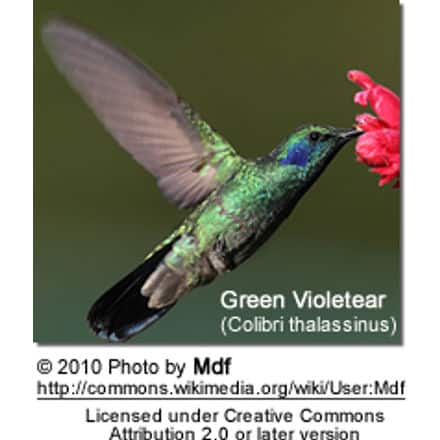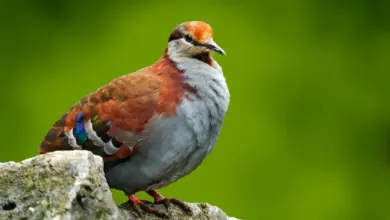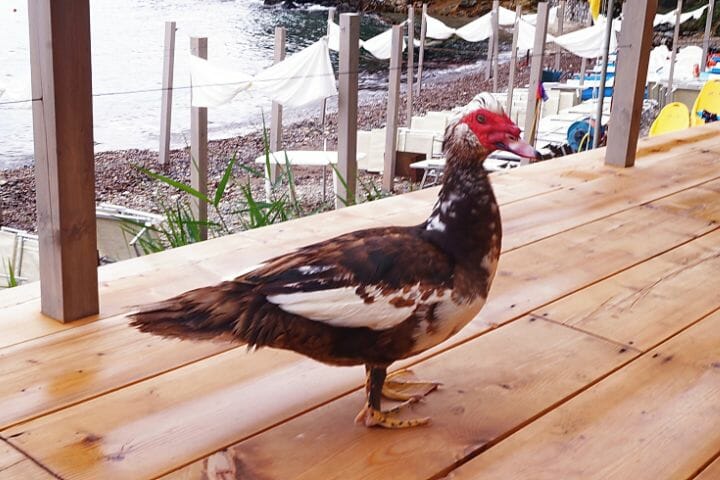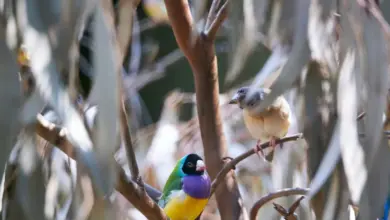Hummingbirds found in Colorado, USA
Hummingbirds found in the USA (by U.S. State) … Canada … Mexico … Puerto Rico … Jamaica … Honduras
Hummingbird Information … Hummingbird Species Photo Gallery
The following 11 hummingbird species (with photos and ID assistance) have been reported in Colorado.
Migrating hummingbirds usually arrive in late April and leave in early September. The most common hummingbird species are Broad-tailed, Rufous Hummingbirds, and Black-chinned Hummingbirds.
Black-chinned Hummingbirds, Archilochus alexandri – Native Breeders. Locally common. Usually arrive in their breeding territory at the end of May to mid-June. Some arrive early in late April. They usually leave in September.
The male has a black, shimmering throat with a purple edge and pale feathers below that create a collar. However, unless the light is just right, the head looks all black. His back is green and there are some green feathers covering the chest.
The female is pale below (sometimes with a slightly speckled throat) and her back is green.
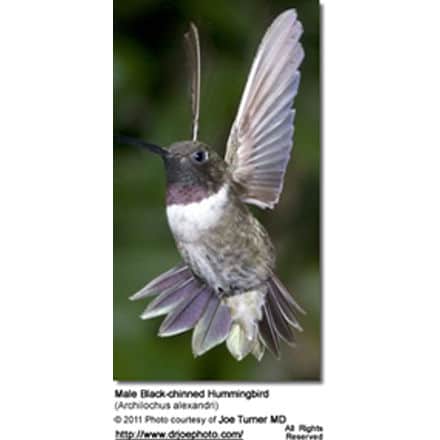
Broad-tailed Hummingbirds, Selasphorus platycercus – Native Breeders – Migratory hummingbirds usually arrives in its breeding territorry about mid-April. They breed across mountain forests and meadows throughout the Western United States from eastern California and northern Wyoming south through Great Basin and Rocky Mountain states to southern Arizona and western Texas. In September, they generally move south to winter in Mexico, Guatemala and, occasionally, El Salvador.
Males can most easily be identified by their iridescent, rose-red throats, white chest feathers and metallic green back and crown and their rounded tails. The males’ tails make whistling noises in flight.
Females lack the flashy throat patch of the male and are mostly pale below. Their white-tipped outer tail feathers are rust-colored close to the body and blackish in the center; the tail feathers in the center range from green to blackish.
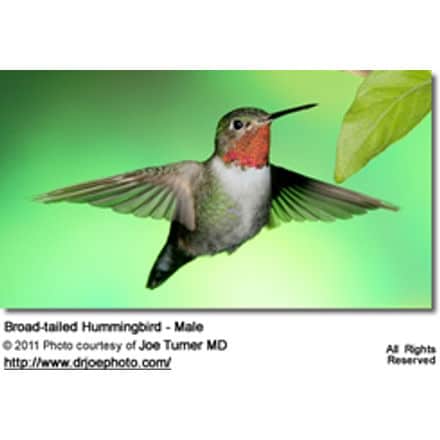
Costa’s Hummingbirds, Calypte costae – Native- Seasonal migrants
Males can easily be identified by the glossy purple crown and long, conspicuous throat feathers that project markedly down the side of the throats, giving it an elongated “moustache” appearance. The back is metallic green.
Females have greyish-green crowns (fop of the head) and backs. The chin and the plumage below are whitish, except for some black spotting on her throat. Her flanks are buffy-colored. She has a dark tail with white tips on the outer tail feathers.
They resemble the Anna’s Hummingbirds, but the male’s gorget (throat feathers) is longer than that of the Anna’s.
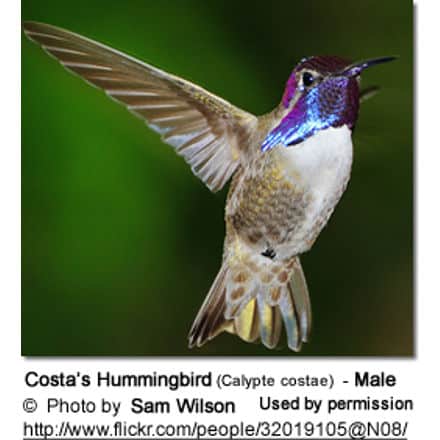
Calliope Hummingbirds, Stellula calliope – Native- Seasonal migrant. Usualy arrive at their breeding territories at the end of May to mid-June. They breed at high elevations in the mountains. Favor open shrubby areas. Migrate south to Mexico for the winter. An increasing number of them now winter in eastern United States.
They are most easily confused with the Rufous Hummingbirds and the Broad-tailed Hummingbird.
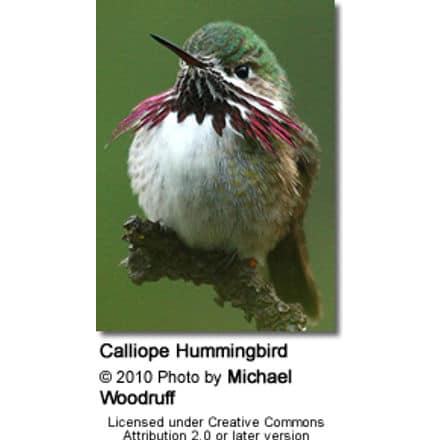
Rufous Hummingbirds, Selasphorus rufus – Native – Summer visitors / breeders – Arrive later in their breeding territories than other hummingbirds. Leave for their winter territories in September.
These hummingbirds are usually found in gardens and at feeders. These birds are fearless, and are known for chasing away other hummingbirds and even larger birds, or rodents away from their favorite nectar feeders and flowers.
Males can easily be identified by their glossy orange-red throats.
Females have whitish, speckled throats, green backs and crowns, and rufous, white-tipped tail feathers.
Ruby-throated Hummingbirds, Archilochus colubris – Rare Vagrants.
The male has a ruby-red throat, a white collar, an emerald green back and a forked tail.
The female has a green back and tail feathers that are banded white, black and grey-green.
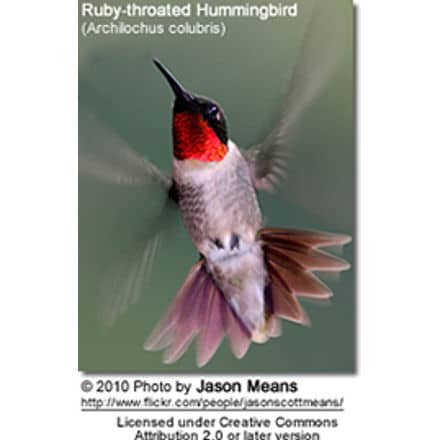
Rufous Hummingbird versus the similar Ruby-throated Hummingbird (Identification)
Magnificent or Refulgent Hummingbirds (Eugenes fulgens) – Summer visitors / breeders
They are nearly twice as large as any other hummingbird species found in this State, and can often be identified by their size alone.
The male has a metallic green throat and a black chest. His forehead and crown are purple and the back is dark green.
The female plumage is less bright. Her chest is solid grey. Her back and crown are olive green. Her tail feathers are pearl-grey tipped.
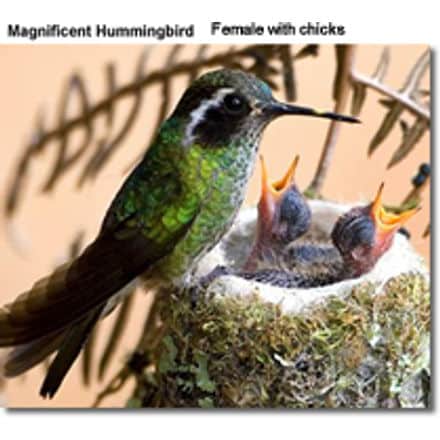
Anna’s Hummingbirds, Calypte anna – Breed in open-wooded or shrubby areas and mountain meadows along the Pacific coast from British Columbia to Arizona. The breeding season may commence as early as mid-December or as late as June.
One of the larger and the most vocal hummingbirds in the United States, where it is the only species to produce a song; specifically the males produce a complex series of scratchy noises, sounding like a sharp “chee-chee-chee; when moving from flower to flower, they emit toneless “chip” vocalizations. All other hummingbirds in the United States are mostly silent.
They are well known for their territorial behavior; the male makes elaborate dive displays at other birds and sometimes even at people. At the bottom of their dives, they produce high-pitched loud popping sounds with their tail feathers.
Males have glossy dark rose-red throats and crowns, which may appear black or dark purple in low light. The underside is mostly greyish; and the back metallic green.
Females have light grey chests with white and red spotting on the throat, greenish back and white tipped tails.
They resemble the Costa’s Hummingbirds, but the male’s Costa’s Hummingbird‘s gorget (throat feathers) is longer than that of the Anna’s. They are larger than the Rufous Hummingbirds and lack the rusty coloration of the Rufous Hummingbirds.
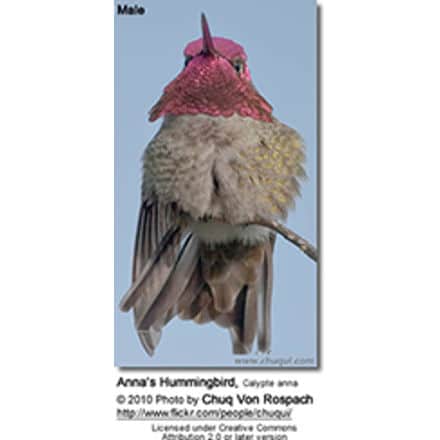
Blue-throated Hummingbirds, Lampornis clemenciae – Rare / Vagrants
The upper plumage is dull green, fading to a medium grey on the underside. It has white stripes behind the eyes and a narrower stripe extending backward from the corner of its relatively short bill, next to a blackish cheek patch.
The male can be identified by the iridescent blue throat patch (gorget), which may appear black or grey color in poor light.
The female and young have grey throats.
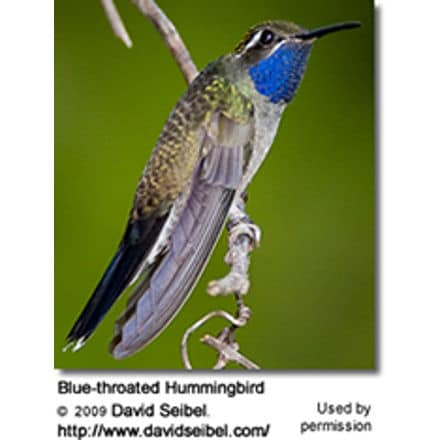
Broad-billed Hummingbirds (Cynanthus latirostris ssp magicus) – Vagrant Migrants / Summer Visitors – These mostly Mexican hummingbirds venture into the United States regularly; they mostly visit the southern parts – but a few vagrants travel as far north as Wisconsin.
The male is glossy green above and on the chest. He has a deep blue throat. His straight and slender beak is red with a black tip. His slightly forked tail is dark above, and the under tail feathers are white.
The female is less colorful than the male. Her throat, chest and belly are light to medium grey. She has a white stripe over each eye.
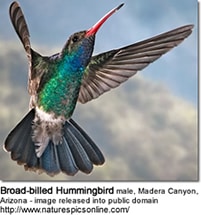
Green Violetear Hummingbirds (Colibri thalassinus) – Rare / Accidental – They are mostly resident in Mexico and Central America, but some seasonal movements have been observed. They may wander north to the United States and even as far north as Canada.
WHITE Hummingbird Sightings (Leucistic / Albino) – Rare Sightings
The favorite feeding plants for Colorado Hummingbirds are:
Hummingbirds favor red blossoms with a tubular shape. But they also feed on pink, orange, peach and purple flowers.
- Bee balm (Monarda)
- California fuchsia (Zauschneria californica) … Cardinal flower (Lobelia) … Catmint (Nepeta) … Columbine (Aquilegia)
- Delphinium (Delphinium)
- Firecracker penstemon (Penstemon eatonii), Fireweed (Epilobium angustifolium)
- Garden phlox (Phlox)
- Honeysuckle (Lonicera)
- Indian paintbrush (Castilleja integra)
- Maltese cross (Lychnis),
- Pineleaf penstemon (Penstemon pinifolious)
- Salvia (Salvia), Spider flower (Cleome), Sunset hyssop (Agastache rupestris)

